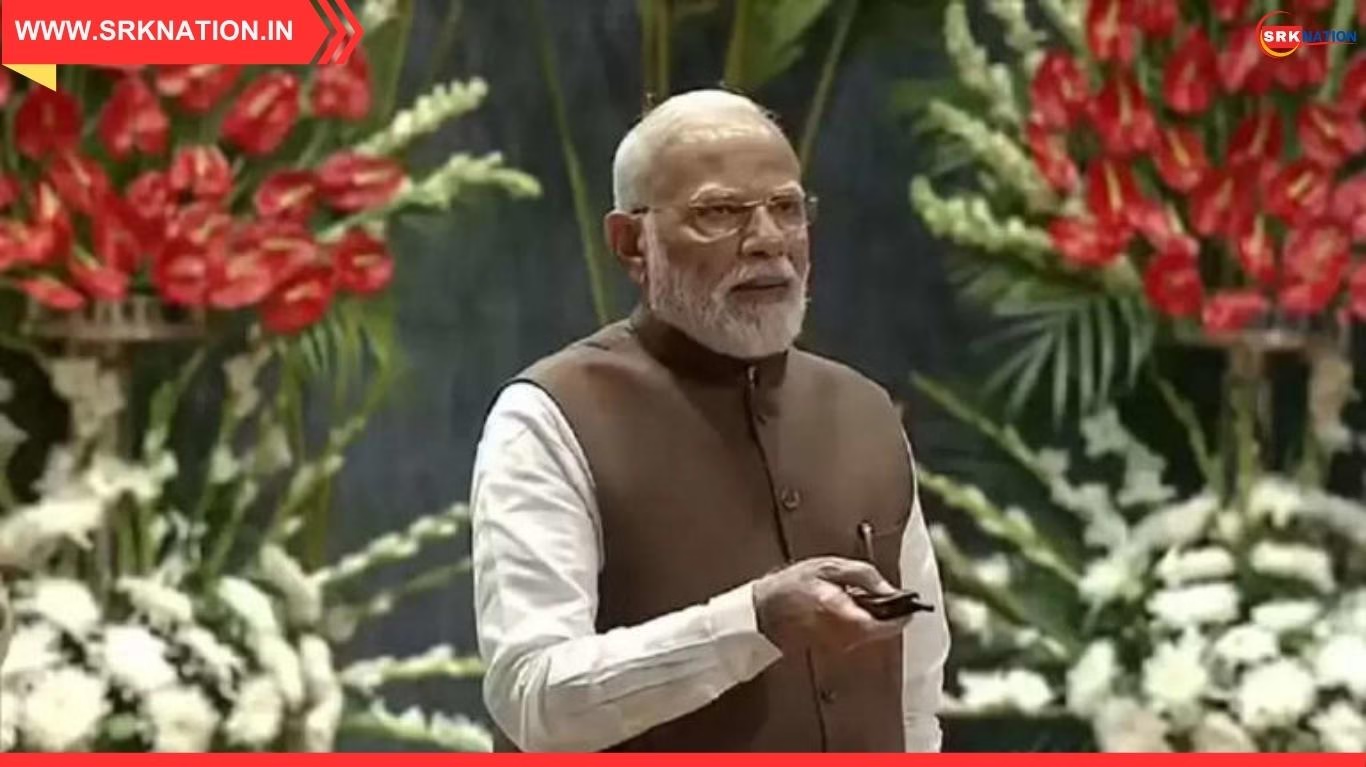In a landmark step towards achieving long-term energy security and reducing dependence on fossil fuels, India is preparing to commission 10 new nuclear reactors, marking one of its most ambitious expansions in nuclear power capacity. This move comes at a time when the nation is rapidly working to balance its surging energy demands with commitments to climate change goals and sustainable energy policies.
The plan not only strengthens India’s nuclear energy capacity but also reinforces its position as a major player in the global clean energy transition. The 10 proposed reactors are expected to significantly boost the share of nuclear power in India’s energy mix, currently at a modest 3%, but projected to grow steadily in the coming decade.
Why India is Focusing on Nuclear Power
India’s electricity demand is growing at one of the fastest rates in the world, driven by rapid urbanization, industrial growth, and rising per capita consumption. Currently, the majority of this demand is being met through coal, which contributes to high carbon emissions. Renewable sources such as solar and wind are growing fast, but they face intermittency challenges.
This is where nuclear power comes into play. Nuclear energy provides:
- Stable, base-load power supply to complement renewable energy.
- Low-carbon electricity generation, aiding climate targets.
- Long-term energy security with indigenous fuel cycles.
The expansion of reactors is thus aligned with India’s pledge to achieve net-zero carbon emissions by 2070 while ensuring reliable electricity supply to support economic growth.
Details of the Upcoming Reactors
The 10 new nuclear reactors will be strategically distributed across different states to meet both regional and national energy requirements. They include Pressurised Heavy Water Reactors (PHWRs) and Light Water Reactors (LWRs), with capacities ranging from 700 MW to 1,000 MW.
Planned Nuclear Reactors in India
| Location | Reactor Type | Capacity (MW) | Status | Expected Completion |
|---|---|---|---|---|
| Gorakhpur (Haryana) | PHWR | 2 × 700 | Under Construction | 2028–2030 |
| Chutka (Madhya Pradesh) | PHWR | 2 × 700 | Approved | 2030–2032 |
| Kaiga (Karnataka) | PHWR | 2 × 700 | Pre-construction | 2032 |
| Mahi Banswara (Rajasthan) | PHWR | 4 × 700 | Approved | 2031–2033 |
These reactors alone are expected to add 7,000 MW of additional nuclear power capacity to the national grid, a significant boost compared to India’s current operational nuclear capacity of around 7,480 MW.
How This Fits Into India’s Energy Mix
Currently, India’s installed power generation capacity stands at over 440 GW, of which:
- Coal & Lignite – ~55%
- Renewables (Solar, Wind, Hydro, Biomass) – ~41%
- Nuclear – ~3%
The target is to increase nuclear power’s contribution to around 10% of the total installed capacity by 2040.
Contribution of Energy Sources (Current vs. Future)
| Source | Current Share | Projected Share by 2040 |
|---|---|---|
| Coal & Lignite | 55% | 30% |
| Renewables | 41% | 55% |
| Nuclear | 3% | 10% |
| Others | 1% | 5% |
This transition highlights India’s intent to shift towards low-carbon and diversified energy sources.
Role of Indigenous Technology
India has developed strong expertise in Pressurised Heavy Water Reactors (PHWRs), which use natural uranium as fuel and heavy water as moderator. These reactors are being built under the Make in India initiative, reducing dependence on foreign suppliers.
Additionally, collaborations with global partners are enhancing India’s nuclear roadmap. For instance, the Kudankulam Nuclear Power Plant in Tamil Nadu is being developed with Russian collaboration using Light Water Reactors. Future projects may also see partnerships with countries such as France and the United States.
Nuclear Energy and Climate Commitments
India’s climate commitments under the Paris Agreement and COP summits emphasize reducing dependence on coal. Nuclear power, being a low-emission source, is a crucial component of this plan.
Benefits of nuclear energy in the climate context include:
- Near-zero emissions during operations.
- Reduction in coal consumption by millions of tonnes annually.
- Support for renewables by providing round-the-clock supply.
By 2040, the planned expansion in nuclear capacity could avoid nearly 700 million tonnes of CO₂ emissions annually.
Challenges Facing Nuclear Expansion
While the nuclear program is ambitious, it faces several challenges:
- High Capital Cost – Nuclear reactors require significant upfront investment.
- Safety Concerns – Public perception is influenced by past global accidents like Fukushima and Chernobyl.
- Fuel Supply – Although India has indigenous uranium reserves, they are limited. Strategic uranium imports are essential.
- Waste Management – Handling and storage of nuclear waste remains a critical challenge.
- Regulatory Delays – Land acquisition, environmental clearance, and local opposition can delay projects.
Addressing these issues will be critical for timely completion of the upcoming reactors.
Global Perspective
Globally, nuclear power is undergoing a revival. Countries such as China, France, the US, and Russia are actively investing in new reactors to meet clean energy goals.
- China: Operating 55 reactors, with 22 under construction.
- France: 70% of its electricity comes from nuclear.
- US: Largest nuclear fleet with 93 reactors.
- India: Currently has 23 reactors, with 10 more planned.
India’s ambitious push puts it on track to become the third-largest nuclear energy producer by 2050, after the US and China.
Opportunities for India
The nuclear expansion presents opportunities across multiple fronts:
- Technology Leadership – India can position itself as a hub for PHWR technology exports.
- Employment Generation – Reactor projects will create thousands of skilled and semi-skilled jobs.
- Industrial Growth – Supply chain industries, including steel, cement, and electronics, will benefit.
- Energy Security – Diversifying away from coal reduces import dependency.
Expert Opinions
Energy experts suggest that nuclear power, combined with renewables, is the only way India can achieve its net-zero target without compromising economic growth. Former Atomic Energy Commission officials also emphasize the importance of long-term investment in fast breeder reactors and thorium-based technologies, areas where India holds significant research advantage.
Conclusion
The decision to build 10 new nuclear reactors marks a defining moment in India’s journey toward sustainable and secure energy. It demonstrates a bold step in reducing dependence on fossil fuels, ensuring a stable power supply, and meeting international climate commitments.
If executed as planned, these projects will transform India’s energy landscape, positioning the country as a global leader in clean nuclear energy while securing the power needs of its growing economy.
Disclaimer: This article is based on industry updates and expert analysis. It is intended for informational purposes only and does not provide investment or policy advice. Readers are encouraged to consult official government publications for verified updates.











